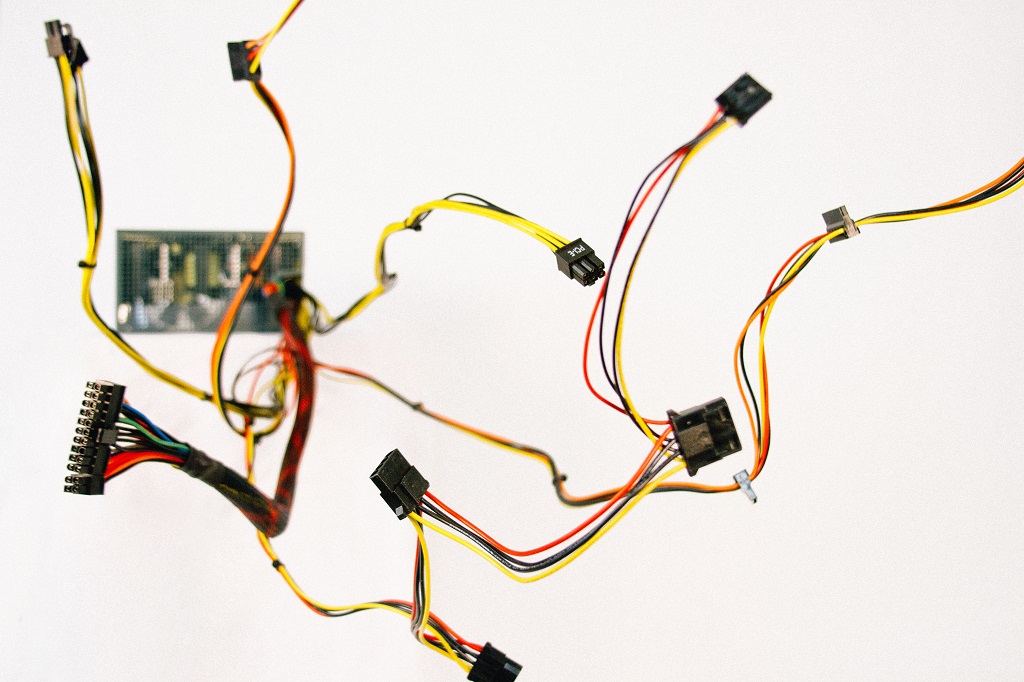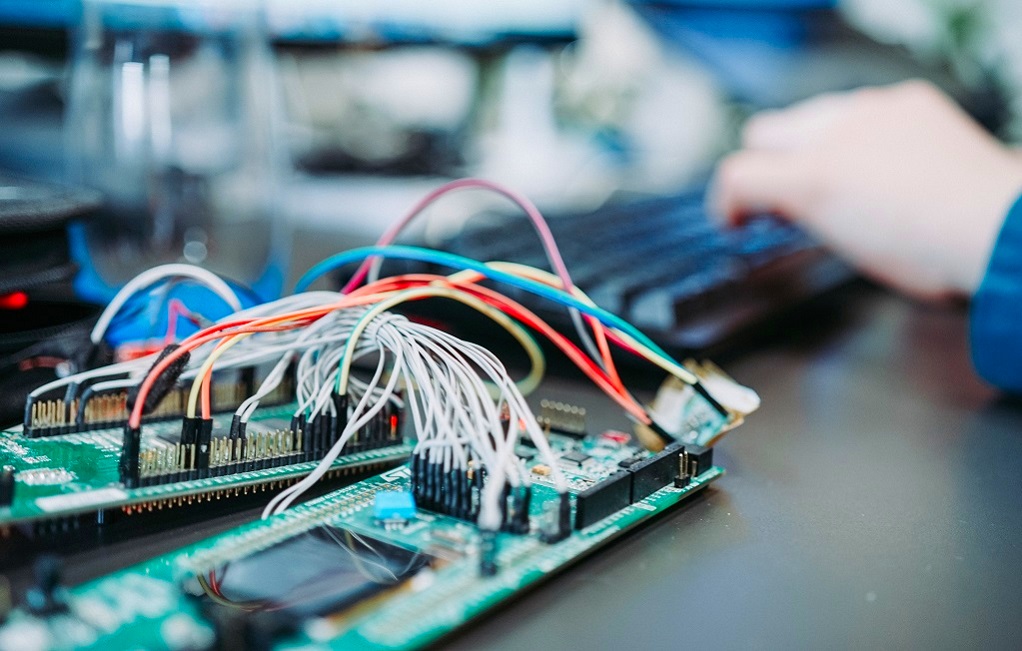https://habr.com/en/company/spbifmo/blog/489690/- ITMO University corporate blog
- Studying in IT
- Start-up development
- Robotics
ITMO University operates an in-house
business accelerator. In this series of articles, we’re going to take a look at some of its residents, starting with two machine vision projects: Labra and
O.VISION.
 Randall Bruder / Unsplash.com
Randall Bruder / Unsplash.com
Labra: a solution to stagnant labour productivity
Western markets have been experiencing a slowing down of labour productivity growth.
According to McKinsey, workforce productivity grew at 2.4% per annum in the beginning of the millennium. But just a decade later it slowed to a measly 0.5% and stayed this way ever since. Some believe that artificial intelligence might solve this problem. AI-powered solutions can help the metric bounce back to the 2% mark over the next 10 years, while innovative algorithms automate repetitive tasks and optimise workflows.
This problem is being looked at by a number of big players, from businesses like
Oracle to researchers from
leading universities and even
Royal Society members. Some of them — like
Microsoft and
Walmart — bet big on machine vision to help them assess individual productivity and workplace ergonomics.
Labra of the ITMO accelerator is building an AI-powered surveillance system that analyses workers’ actions and paints a clear picture of how they spend their time. This system can be installed in any business that employs machinery operators. Here’s how it works:
- The cameras capture everything that happens during the shift.
- The video is split into task-specific fragments and analysed.
- A productivity profile is created and analysed.
- The final report with safety and productivity improvement suggestions is generated.
The team. The project is being developed by eight people — the founder, the CEO, two developers, three labour planners, a sales manager and an accountant. Some of them are still students, so everyone keeps track of their own tasks and deadlines. Twice a week everyone meets up to get on the same page, and make plans.
The future. The team
participated in the St. Petersburg Digital Forum that took place last September. They demoed the product and talked about its capabilities. They’re also planning on further promoting their brainchild and securing more deals with local manufacturers.
O.VISION: leave your pass in the past
Back in 2017 the MIT Technology Review
included face recognition in its list of 10 Breakthrough Technologies. This decision was partially attributed to the variety of markets facial recognition can disrupt. Take for example, workplace access control systems. They have long relied on keys, key codes and contactless cards that could be passed from one person to another. The time is ripe to step the security up a notch and put artificial intelligence to work. The idea is not new — a number of Russian banks have already implemented similar tools. But the fight for dominance is far from over — and one of the newest players to enter it is our own
O.VISION. They are working on a contactless turnstile access system that can be installed in less than half an hour.
It is a biometric device for use at checkpoints. A total of five neural networks process single video frames from the attached camera at the speed of five per second. The UI, along with the underlying algorithms, is developed in-house, without any proprietary solutions. Neural networks are trained using the PyTorch framework. All the data is processed locally to ensure privacy. The processing is done by a powerful Nvidia Jetson TX1 video computing chip. The turnstiles are controlled by a custom-made integrated circuit.
 Zan / Unsplash.com
The team
Zan / Unsplash.com
The team. The CEO of O.VISION claims that for every job listing they put out, they interviewed at least 60 candidates. This allowed them to only pick the best and the brightest. The team is relatively small. Several engineers are responsible for the development of machine learning algorithms and embedded system programming. There’s a back-end developer, an infosec specialist and a designer. Some of the employees are still studying, and work on their master’s degrees in the spare time.
The Future. A suite of O.VISION products is already in use at the largest coffee factory in Europe. A local fitness centre and the St. Petersburg Polytechnic University are planning on adopting the system in the near future. Perhaps, one day it will be installed in the ITMO University itself. According to the CEO, the company is currently negotiating deals with a number of big Russian businesses — “Gazprom Neft”, “Beeline”, “Rostelecom” and the Russian Railways. Next — expansion into foreign markets.
Inside ITMO University:
Further reading:

